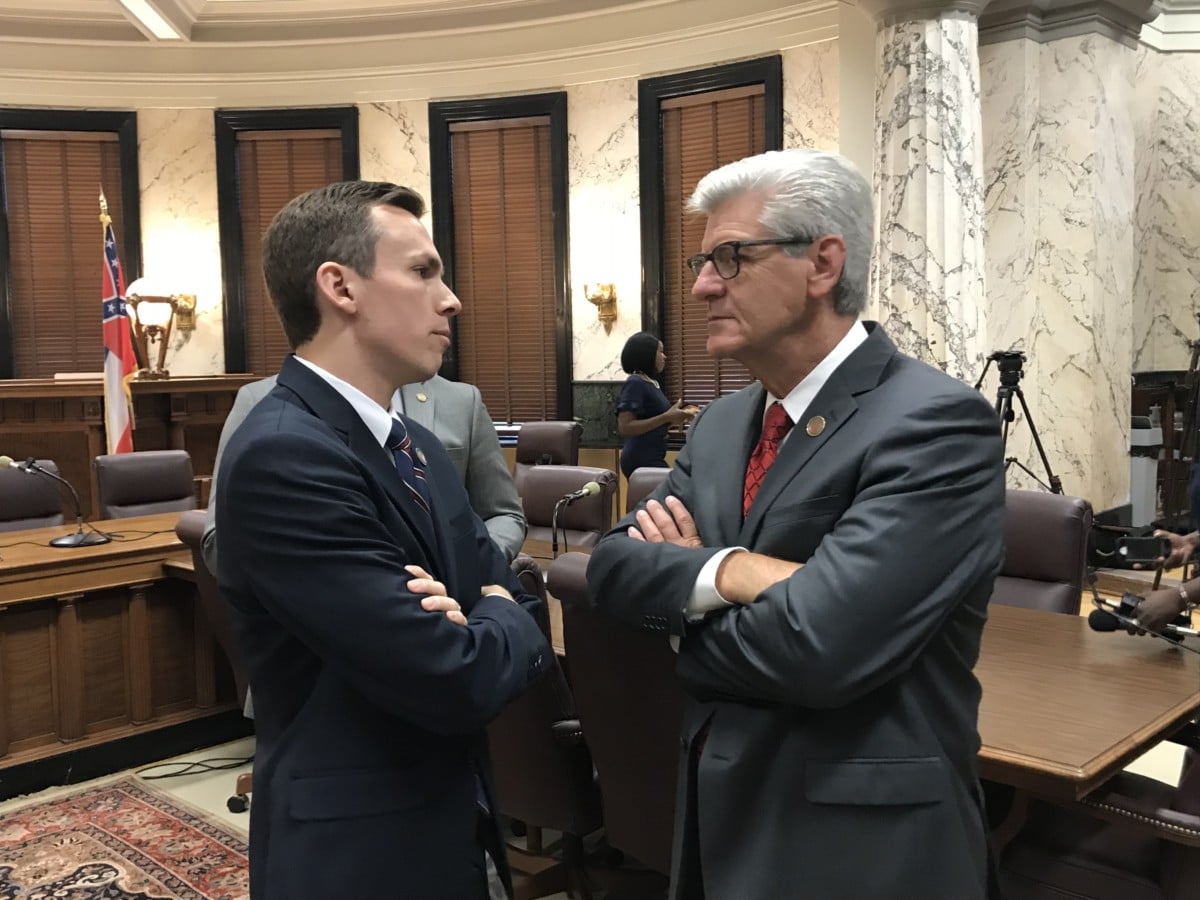State Auditor Shad White has completed an audit of child-based programs with various state department and agencies that are receiving state or federal funds. Governor Bryant first requested that White conduct the audit back in March in an effort to protect children’s health, their safety, and their education.
State Auditor White released the report which shows outside-the-classroom spending on administration and non-instruction activities has increased in Mississippi over the last decade, despite the fact that the number of K-12 students and classroom teachers has decreased during the same period.
RELATED: Governor asks Auditor for education program audit
“As the product of our public schools, the son of a retired public school teacher, and the grandson of two public school teachers, the issue of how we spend education dollars is incredibly important to me,” said Auditor White. “Education policymakers need to take a careful look at where our money is going, and they should explain why outside-the-classroom spending is growing so much.”
Through a months-long analysis of data from the Mississippi Department of Education, auditors found that overall K-12 spending increased in Mississippi over the last 10 years, but instructional costs increased more slowly than any other part of K-12 spending.
At the same time, Mississippi has seen a decline in K-12 student enrollment.
White said if outside-the-classroom spending had decreased at the same rate as enrollment, Mississippi would spend $358 million less on outside-the-classroom costs than what the state spends today. This amount is equivalent to an $11,000 teacher pay raise.
Auditor White’s report states that if outside-the-classroom spending had simply been kept the same over the last ten years, it would have yielded enough savings to fund for a $9,000 teacher pay raise.
“Common sense says that money spent on a high-quality teacher is the best way to use education funds,” said White. “When money is spent on administrative costs, outside the classroom, we lose the chance to spend that money on teachers. In Mississippi, we can’t afford to waste a single dollar on administrative costs when that money could be going to teachers.”
Some of the outside-the-classroom accounts with the largest increases over the last decade include:
- Administrative staff services (113%), which includes operations, recruiting, training, and accounting.
- Information services (103%), which includes costs for producing “educational and administrative information” for students, staff, managers, and the general public.
- Special area administration services (48%), which covers administrative responsibility for the chief business official and directors of programs
- Other financing uses (23%), which includes administration and costs related to financing and fund transfers and;
- Other non-instructional services (15%), which includes activities for staff and other community programs such as programs for the elderly or working mothers
While administrative costs have increased by 18% over the last ten years, the number of teachers has decreased by 8%.





